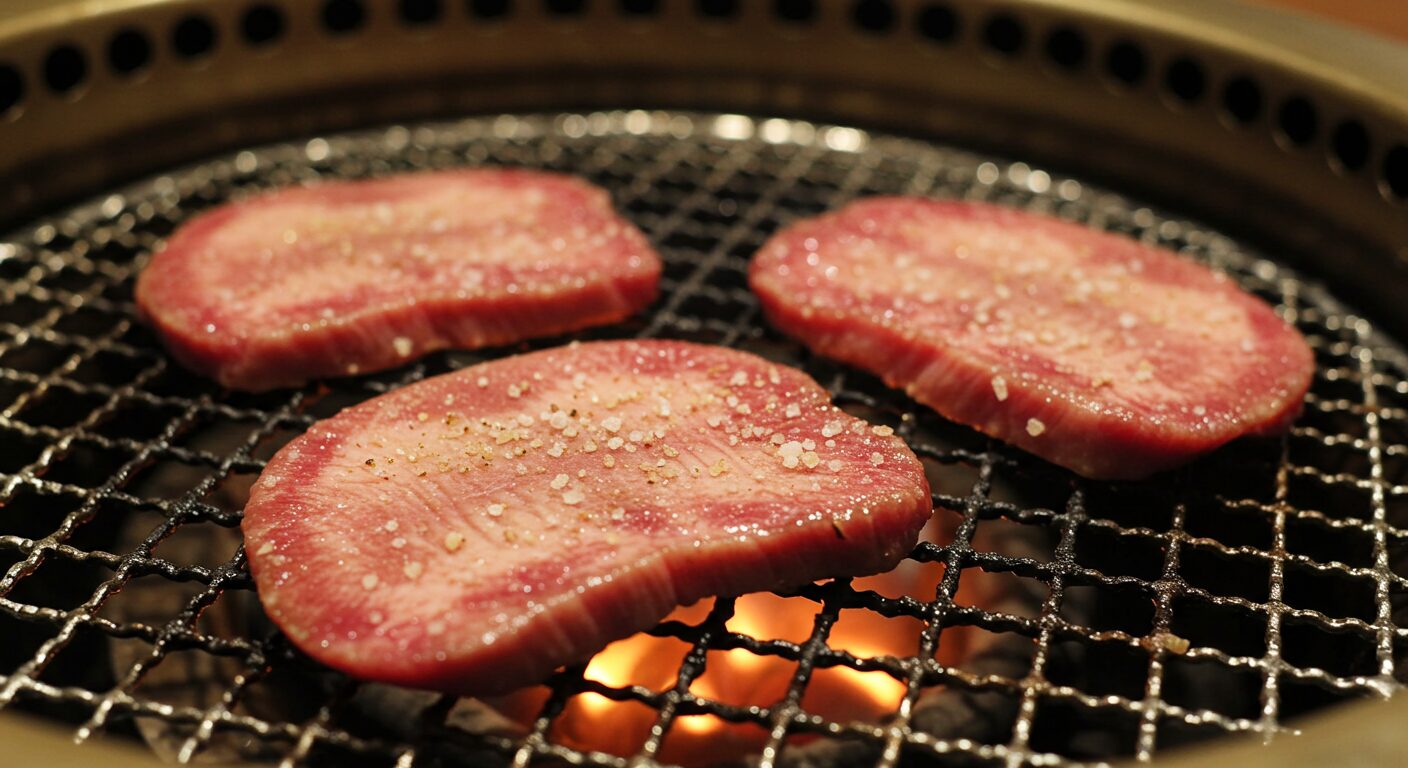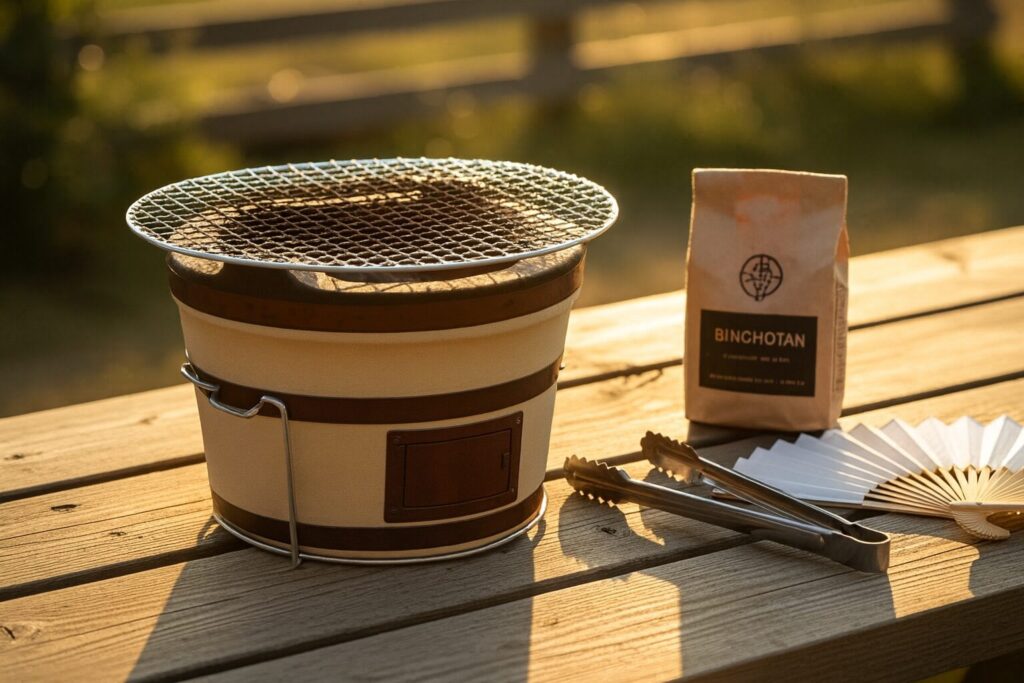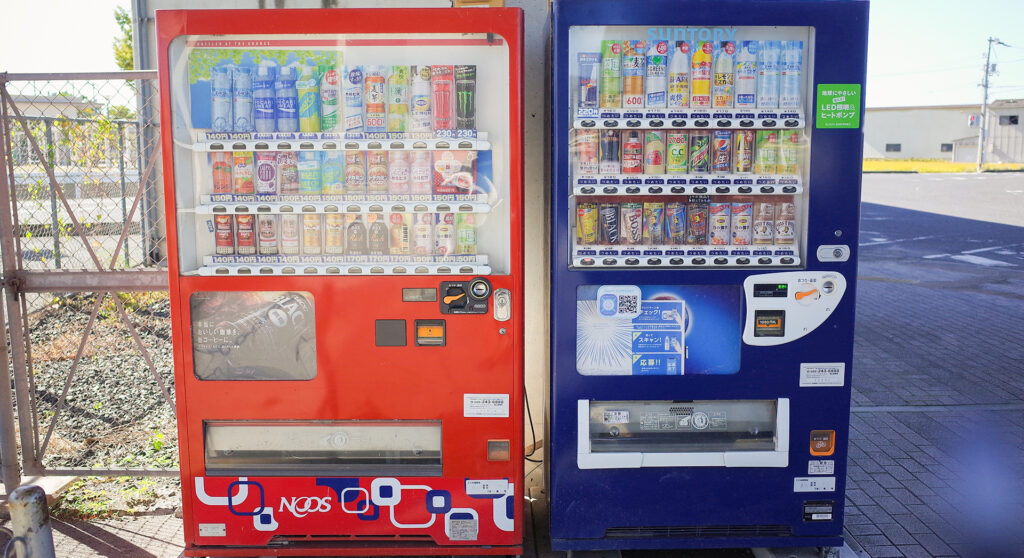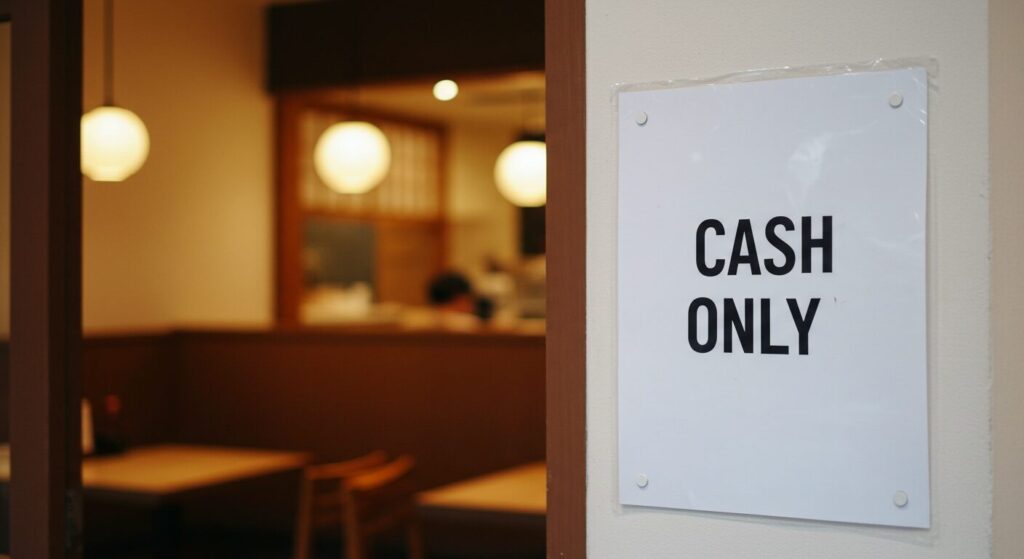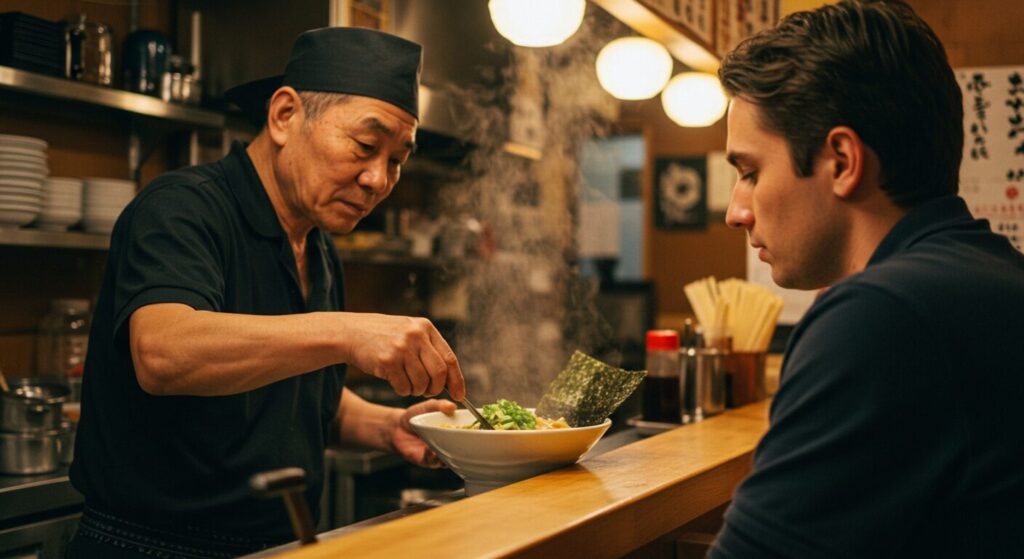Why Japanese People Grill Salt and Sauce Meat Separately
At Japanese yakiniku (BBQ) restaurants, many people have a personal grilling habit of separating salty meats like beef tongue, hormone, or mino from sauced cuts such as kalbi and ribeye.
The reason is simple: if you grill sauced meat first, the sauce can burn on the grate and its aroma may transfer to the next pieces. Lightly seasoned meat like beef tongue easily absorbs other flavors, losing its delicate taste.
By grilling salt-seasoned meat first, the grate stays clean, allowing the natural flavor of each ingredient to shine. This reflects a Japanese food culture that values subtle balance and flavor harmony.
How to Grill Salted or Lemon-Seasoned Meat
Because salted or lemon-seasoned meat has a simple flavor, many Japanese grill it with extra care. Thin slices like beef tongue cook quickly — grill one side, flip it promptly, and avoid overcooking. Over-grilling can make it tough and dry.
After grilling, a quick squeeze of lemon is the classic finishing touch. To keep the meat juicy, avoid flipping too often and focus on timing. Vegetables are often grilled briefly too, to preserve their natural sweetness.
Some yakiniku enthusiasts even separate grill space or adjust the order to keep salty and sauced flavors from mixing. These small details are a beloved part of Japanese BBQ culture.
Tips for Grilling Sauced Meat
Sauced meat is fragrant and flavorful, but it burns easily. Keep the heat at medium and grill one side before flipping to reduce charring. If it starts to burn, gently shift the meat’s position on the grate.
Many diners like dipping cooked meat into extra sauce on their plates. Since dripping sauce can create smoke, people often pay attention to where they grill to avoid bothering others.
For the best taste, many grill salty meat first and sauced meat after. This small grilling habit is one of the unique pleasures of yakiniku in Japan.
When to Ask for a Clean Grill Net
Over time, the grill net naturally gets sticky and burnt. Many people ask staff to change the net after grilling salty meat or when buildup becomes noticeable. A clean grate keeps the flavor fresh and the grilling even.
Most yakiniku restaurants offer grill-net replacement for free — just ask politely, and staff will be happy to help. Some regulars even request a clean net between grilling different types of meat to keep the flavors pure.
You might be interested in this
Simple Tricks to Keep the Grill Clean
Some yakiniku lovers like to grill fatty meat or vegetables first to create a thin oil layer on the net. This makes it less likely for meat to stick and helps with even cooking.
Flipping the meat frequently can also reduce charring and keep the grate in better shape. Moving grilled meat to your plate right away prevents residue from sticking.
When the net gets too dirty, many people simply ask for a replacement or quick cleaning. A clean grill can make a big difference in flavor and overall experience.
Understanding Japanese Yakiniku Culture
Yakiniku in Japan originated from Korean barbecue but evolved into its own unique style. Families and friends gather around a table grill, cook together, and share conversation — it’s about much more than just food.
Small grilling habits and preferences reflect this culture. Many people grill salty meats first or switch to a fresh net midway through to preserve aroma and taste.
Knowing these little customs will help you enjoy yakiniku not just as a meal, but as a cultural experience.
Summary: Enjoy Yakiniku the Japanese Way
Yakiniku in Japan comes with many unspoken grilling customs, like separating salty and sauced meats or keeping the grill clean. These are not strict rules but small habits that enhance flavor and create a pleasant dining experience.
Understanding these “kodawari” — the unique Japanese attention to detail — gives you a new perspective on how locals enjoy BBQ. Experiencing it firsthand will make your meal unforgettable.
Try grilling your way while embracing these customs, and discover the deeper charm of Japanese food culture.

 日本語
日本語 中国語
中国語 Español
Español